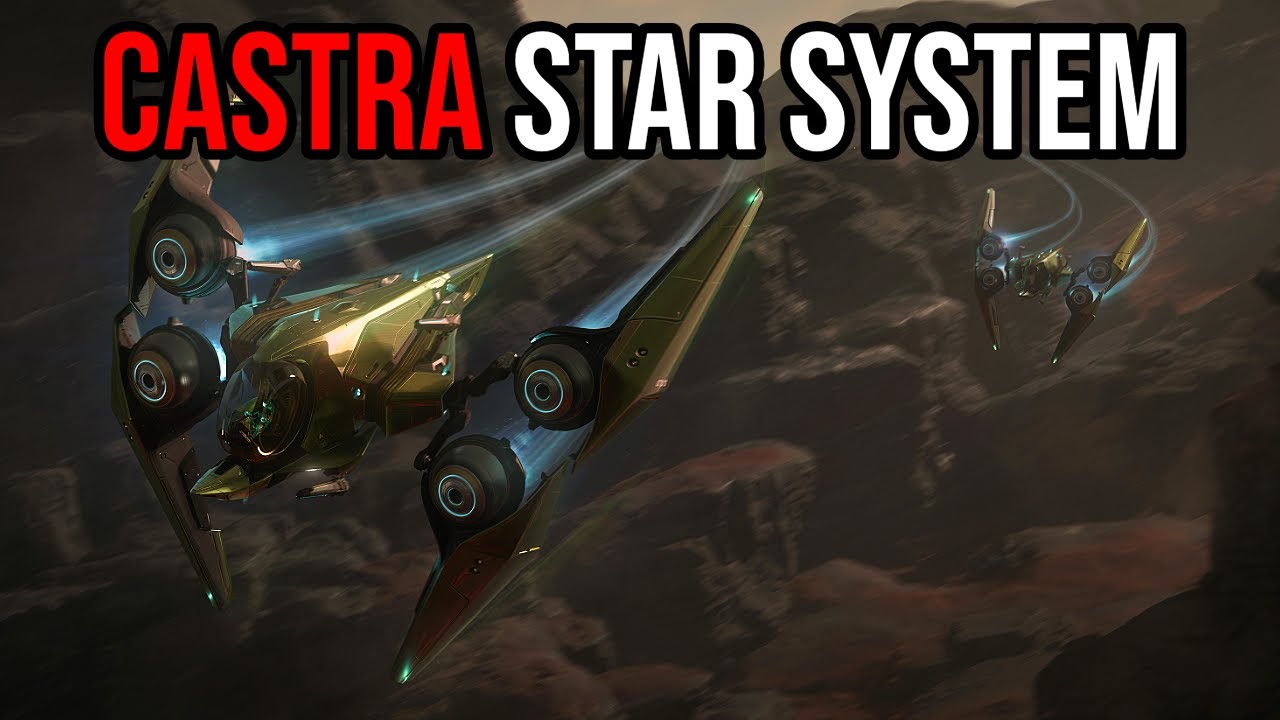The Castra system, discovered in 2544, served as a strategic military outpost due to tensions with the Xi’An, evolving into a trading hub with civilian presence while still maintaining military control. Castra’s transformation from a military outpost to a bustling trade and commerce destination, led by President Andre Novas Solov, has shaped its development into a vibrant system with a diverse population and opportunities for tourism and cultural growth.
The Castra system was discovered in 2544 and quickly became a strategic military outpost due to tensions with the Xi’An. Over the years, it evolved into a trading hub while still maintaining areas under military control. The system consists of two planets orbiting a blue-white star, with the second planet being terraformed for habitation and military use. Castra played a significant role in the Xi’An Cold War, with a large orbital platform supporting capital ships and bombers ready for potential conflict.
In 2789, the UEE reduced its military presence in Castra, allowing civilians to move in and sparking controversy among some who believed it should remain a dedicated military outpost. The influx of businesses and infrastructure development transformed Castra into a prime destination for trade and commerce. Efforts have been made to increase tourism in the system to diversify its industries and attract visitors.
Castra’s first planet, lacking an atmosphere, was used for target practice during the Cold War, while the second planet, designated as Castra Command (Cascom), was terraformed rapidly to create a secure and visually stunning city called Sherman. Sherman’s architecture reflects a mix of state-sponsored monumentalism and cultural identity, with efforts to attract residents and define its unique character over the years.
President Andre Novas Solov played a key role in promoting Castra 2 as more than just a military outpost or industrial park, aiming for representation in the Senate. The planet saw an increase in population and a variety of service industries catering to different demographics. Sherman became a blend of high-end establishments, middle-class businesses, and retirement homes, with a push to attract younger residents through extreme sports and scenic views. Despite some setbacks like the ban on paragliding, Castra remains a vibrant and evolving system with opportunities for trade, tourism, and cultural development.
